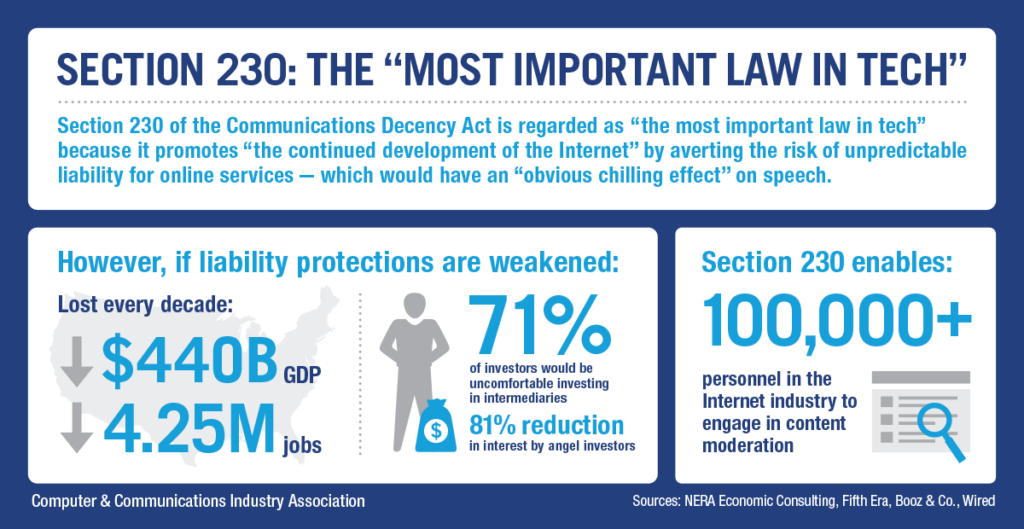China's Automotive Landscape: Challenges And Opportunities For International Brands (BMW, Porsche, Etc.)

Table of Contents
Navigating the Complex Regulatory Environment in China's Automotive Market
The Chinese automotive market presents a complex regulatory environment that international brands must carefully navigate. Understanding and adapting to these regulations is paramount for long-term success.
Stringent Emission Standards and Environmental Regulations
China's commitment to environmental protection is reflected in its increasingly stringent emission standards, including its Corporate Average Fuel Consumption (CAFE) standards. These regulations are driving the rapid adoption of electric vehicles (EVs) and hybrid electric vehicles (HEVs), commonly referred to as New Energy Vehicles (NEVs). International brands must adapt their vehicle development and production to meet these standards.
- Impact on Vehicle Development: Manufacturers need to invest in research and development to create fuel-efficient and low-emission vehicles.
- Government Incentives: The Chinese government offers substantial subsidies and tax breaks for NEV production and sales, creating a strong incentive for international brands to invest in this sector.
- Technological Innovation: Meeting these standards necessitates innovation in battery technology, charging infrastructure, and vehicle design.
Import Tariffs and Local Content Requirements
Import tariffs and local content requirements significantly impact the pricing and competitiveness of imported vehicles in China. These regulations encourage foreign automakers to establish local manufacturing facilities.
- Import Duties: High import duties increase the cost of imported vehicles, making them less competitive compared to locally produced models.
- Local Content Rules: Regulations often mandate a certain percentage of locally sourced components in the manufacturing process.
- Joint Ventures: Many international brands opt for joint ventures with Chinese manufacturers to comply with local content requirements and gain access to the local market's nuances.
Bureaucracy and Administrative Procedures
Navigating the Chinese regulatory system can be challenging, requiring significant time and resources. Bureaucratic processes for licensing, approvals, and certifications can be complex and time-consuming.
- Licensing and Approvals: Obtaining necessary licenses and approvals can be a lengthy and intricate process.
- Local Partnerships: Collaborating with experienced local partners who understand the regulatory landscape is crucial for streamlining the process and reducing bureaucratic hurdles.
- Legal Expertise: Access to specialized legal counsel with deep understanding of Chinese regulations is paramount to successful market entry.
Understanding the Diverse Chinese Consumer Preferences and Market Segmentation
The Chinese automotive market is characterized by diverse consumer preferences and a highly segmented market. Understanding these nuances is critical for successful product development and marketing.
Shifting Consumer Demands
Chinese car buyers are increasingly discerning, prioritizing factors like advanced technology features, stylish designs, and brand reputation. The influence of online channels and digital marketing is also growing rapidly.
- Technology Focus: Features like advanced driver-assistance systems (ADAS), connectivity, and infotainment systems are highly valued.
- Brand Loyalty: While brand loyalty exists, it is less entrenched than in some other markets, offering opportunities for new entrants.
- Digital Marketing: Reaching Chinese consumers effectively requires a strong online presence and targeted digital marketing campaigns.
Regional Variations in Consumer Behavior
Consumer preferences vary considerably across different regions of China. Urban consumers often prioritize premium brands and advanced technology, while rural consumers may focus more on affordability and practicality.
- Urban vs. Rural Markets: Marketing and product strategies need to be tailored to meet the specific needs and preferences of each target market.
- Tiered Cities: Understanding the differences between tier-one, tier-two, and lower-tier cities is crucial for effective market segmentation.
- Cultural Nuances: Marketing messages need to be culturally sensitive and resonate with local values and preferences.
The Importance of Brand Building and Reputation Management
Building a strong brand image and managing reputation are crucial in the competitive Chinese automotive market. Online reviews and social media play a significant role in shaping consumer perceptions.
- Online Reputation: Maintaining a positive online presence and addressing negative feedback promptly are crucial for building trust.
- Social Media Engagement: Active engagement on social media platforms is essential for building brand awareness and engaging with potential customers.
- Public Relations: Strategic public relations efforts can help build brand credibility and manage public perception.
Leveraging Opportunities in China's Expanding Automotive Market
Despite the challenges, China's automotive market presents significant opportunities for international brands, particularly in the growing EV sector and expanding into less-developed regions.
Growth of the Electric Vehicle (EV) Sector
China's EV market is experiencing explosive growth, presenting immense potential for international automakers. Developing competitive EVs tailored to Chinese consumer preferences is crucial for capturing market share.
- EV Infrastructure: China is making significant investments in charging infrastructure, supporting the growth of the EV market.
- Government Support: Government policies strongly favor the development and adoption of EVs.
- Technological Leadership: International brands can leverage their technological expertise to develop innovative and competitive EV models.
Expansion into Lower-Tier Cities and Rural Areas
Lower-tier cities and rural areas represent a large untapped market with growing demand for affordable and practical vehicles.
- Market Penetration: Reaching these regions requires adapting products and marketing strategies to the specific needs and preferences of these consumers.
- Distribution Networks: Establishing robust distribution networks in these regions is essential for successful market penetration.
- Affordable Vehicles: Offering affordable and durable vehicles suitable for diverse road conditions is key to success in these markets.
Developing Strategic Partnerships and Joint Ventures
Forming strategic partnerships and joint ventures with local Chinese companies offers numerous benefits, including access to resources, expertise, and distribution networks.
- Local Knowledge: Partnerships provide access to invaluable local market knowledge and insights.
- Regulatory Navigation: Local partners can help navigate the complexities of the regulatory environment.
- Distribution Networks: Established distribution networks can significantly reduce market entry barriers.
Conclusion
China's automotive landscape presents a complex yet highly rewarding environment for international brands. Success requires a deep understanding of the regulatory environment, diverse consumer preferences, and the strategic importance of partnerships. Navigating the import tariffs, emission standards, and bureaucratic procedures is crucial. Simultaneously, capitalizing on the growth of the EV sector and expanding into less-developed regions offers lucrative opportunities. International brands seeking significant growth should actively consider the unique aspects of China's automotive market and adapt their strategies accordingly to succeed in this vital automotive sector. Further research and a comprehensive strategy are essential for thriving in this dynamic and potentially rewarding market. Don't miss out on the potential of China's Automotive Landscape – develop your strategy today!

Featured Posts
-
 Yueksekten Duesme Kazasi Nevsehir De Goeruenmeyen Tehlike
Apr 30, 2025
Yueksekten Duesme Kazasi Nevsehir De Goeruenmeyen Tehlike
Apr 30, 2025 -
 Nba Les Celebrations A L Arme A Feu D Une Star Mettent En Colere Une Legende Du Basket
Apr 30, 2025
Nba Les Celebrations A L Arme A Feu D Une Star Mettent En Colere Une Legende Du Basket
Apr 30, 2025 -
 Jwanka W Arqamha Hl Tshkl Thdyda Hqyqya Llnsr
Apr 30, 2025
Jwanka W Arqamha Hl Tshkl Thdyda Hqyqya Llnsr
Apr 30, 2025 -
 E Bay Faces Legal Action Over Banned Chemicals Section 230 At Stake
Apr 30, 2025
E Bay Faces Legal Action Over Banned Chemicals Section 230 At Stake
Apr 30, 2025 -
 Vorombe Evolyutsiya I Ischeznovenie Rekordsmenov Vesa Sredi Ptits
Apr 30, 2025
Vorombe Evolyutsiya I Ischeznovenie Rekordsmenov Vesa Sredi Ptits
Apr 30, 2025
